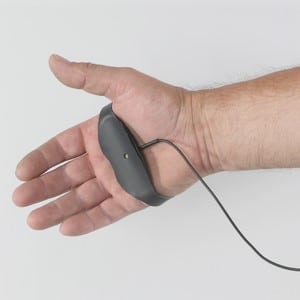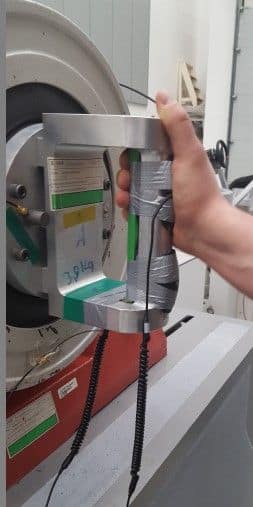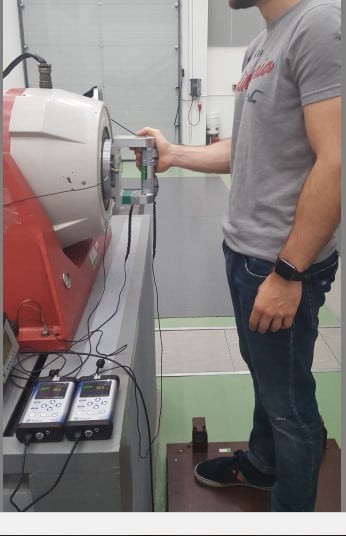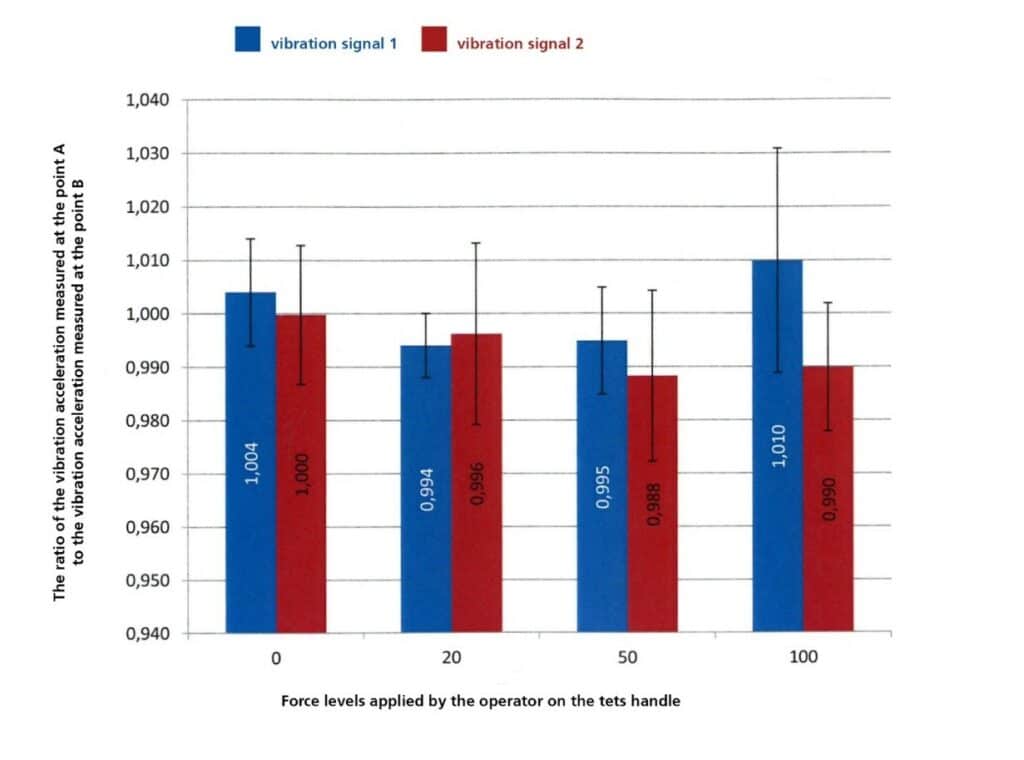In recent years accelerometers based on MEMS technology (Micro Electro-Mechanical Systems) became an alternative to piezoelectric sensors. MEMS transducers are widely used in micro-mechanical systems in the automotive, computer and audio-visual industries. Construction of MEMS consists in a moving mass of resistant boards placed on a mechanical suspension system frame of reference. As a result of movement (such as vibration), there is a change in the capacitance between the moving and the fixed plates (which form capacitors).
The advantage of MEMS is their dimensions that can vary from only a few microns to millimetres, which makes them a milestone in miniaturization. The list of the advantages of MEMS-based sensors is long and includes low cost, low power consumption, small size, resistance to mechanical shocks, full electromagnetic compatibility, and no DC-shift effect.
The introduction of MEMS accelerometers broke the barrier created by piezoelectric accelerometers in hand-arm vibration measurements. First of all, it reduced the cost of the complete system. Secondly, their small size allowed for being attached to human hands without any distraction to the performance of everyday activities even underneath anti-vibration gloves, therefore giving the true results of vibration exposure. Additionally, their size allowed for the installation of a contact force sensor next to the accelerometer, thus enabling measurement of the contact force simultaneously with tri-axial acceleration assessment. This constituted a strong basis for the creation of improved methods of hand-arm vibration assessment and new hand-arm vibration measurement standards.





